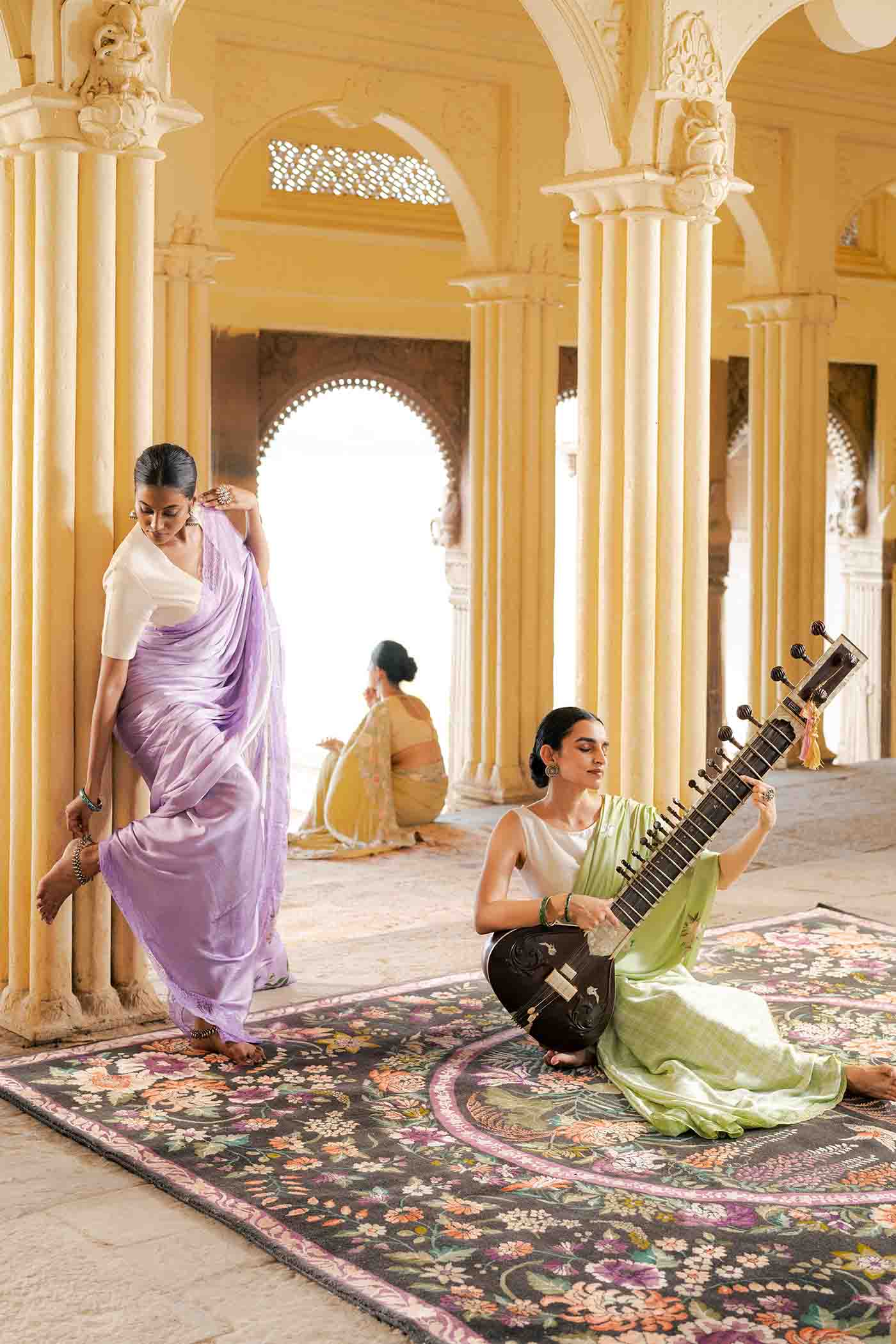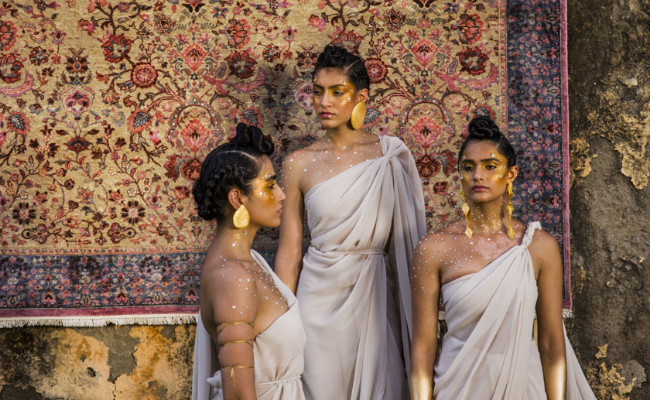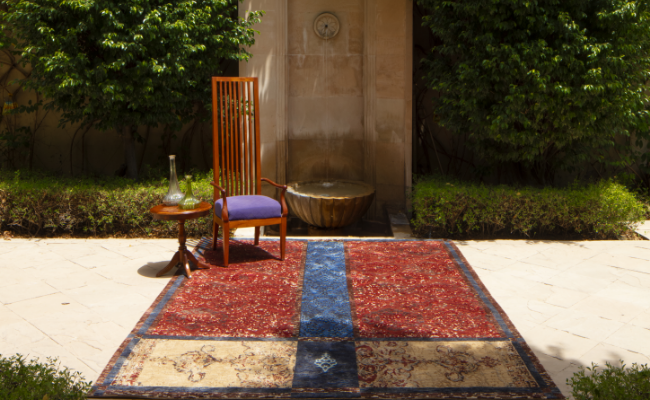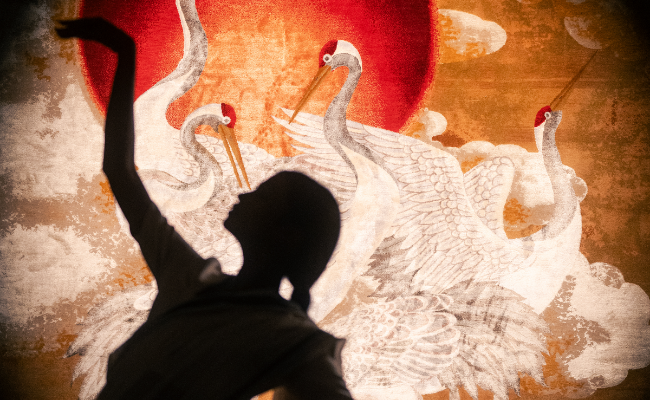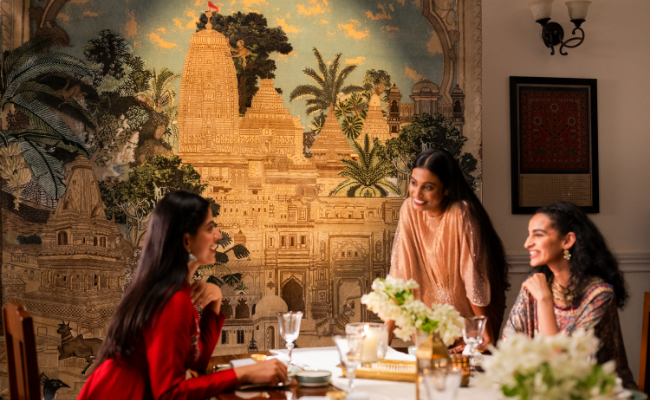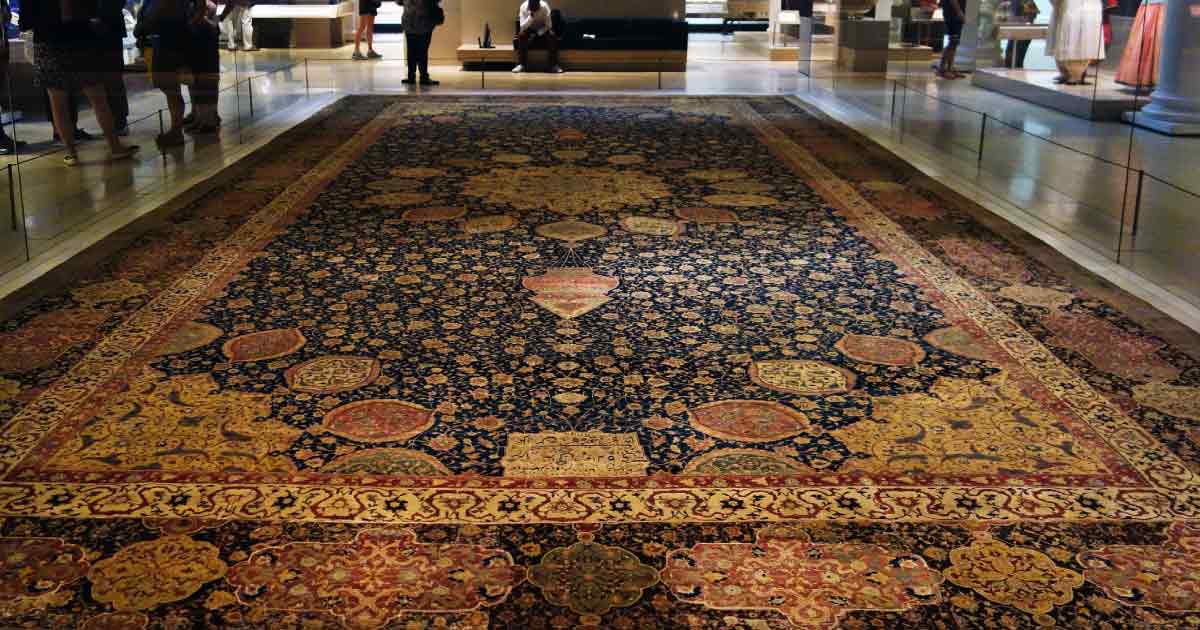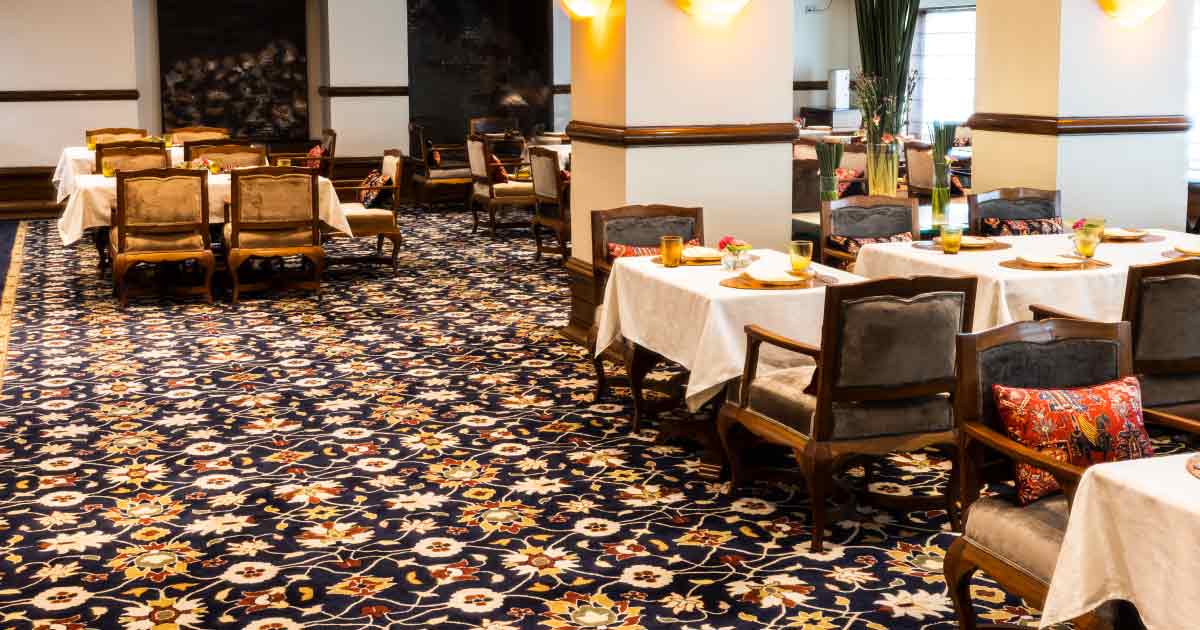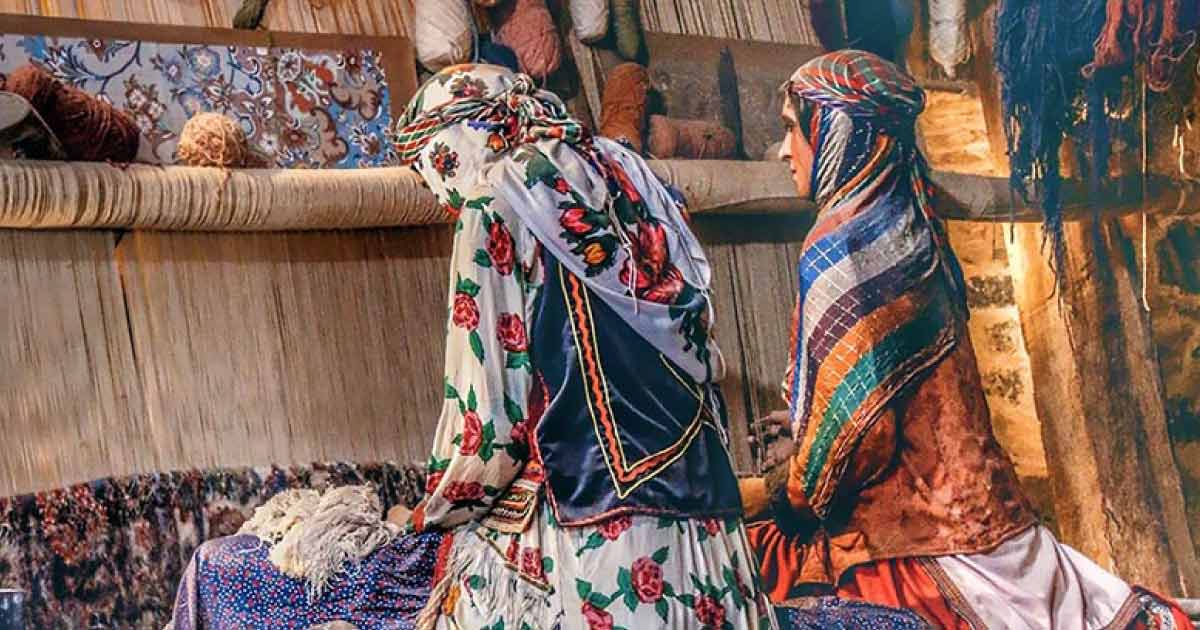
An Obeetee guide to Moroccan Rugs
The natural beauty of the nature inspires us to create carpets of equal splendour. It beautifully made incisions in the thick canvas that is our planet, painted it with a rainbow of colours and gave all living beings the chance to take in its splendour. Our diversified planet, created by the greatest artist of them all, nature, is the real piece of art that inspires all art and design in our world.

It's true that this is the greatest piece of art ever created, but the reality that art itself is born from other works of art is undeniable. This means that even the most remote parts of the planet have something special to offer. Slowly and gradually, as we flip the pages of our majestic world, we uncover more and more of these. Morocco, a nation that has land boundaries with Algeria to the east and the Mediterranean Sea to the north, is one such site that allowed us to feel this majesty.
Moroccan rugs
Moroccan rugs are hand-woven textiles that originate from the country of Morocco. They are traditionally made from natural materials such as wool and cotton and are known for their intricate patterns and bold colours. Moroccan rugs are often used as decorative accents in homes, adding a touch of exotic elegance to any room. They can also be used as floor coverings, area rugs, or even as wall hangings. Moroccan rugs are known for their durability and can last for many years with proper care.
Moroccan tribal rugs
Moroccan tribal rugs are traditional hand-woven textiles that originate from the various tribes and nomadic groups in Morocco. They are typically made from natural fibers such as wool or goat hair and feature bold geometric patterns, bright colors, and intricate designs. These rugs are often used as floor coverings, wall hangings, or decorative accents in homes and are prized for their cultural and historical significance. They are also known for their durability and ability to withstand heavy use.
The colour palette of a Moroccan rugs can go from artistically rich to monochromatic, including both vivid, vibrant tones and earthy, subdued hues. This aesthetic makes them suitable for homes that have a bohemian or a contemporary interior setup. Since some of the antique Moroccan rugs have symbols with cultural significance in vibrant tones, they can also be placed in a traditional setup if chosen taking the rest of the elements present in a home into consideration.
Types of Moroccan rugs
- Traditional Moroccan carpets are known as Azilal rugs, and they are woven by hand in the Azilal area of the Atlas Mountains. They are eye-catching because of their large, often geometric designs and bright colours. Traditional Berber symbols like the hand of Fatima and the eye of Horus are sometimes included into the patterns alongside other distinct abstract forms and themes unique to the regions. These rugs are generally crafted using high-quality wool, which gives them a long lifespan. They are versatile and can be used as wall hangings, table runners, or floor decorations.
- The Boujad area of Morocco is the birthplace of the hand-woven carpets known as "Boujad rugs." Diamond shapes and repeated themes are commonplace in their colourful, geometric designs. These rugs often feature a thick and fluffy due to the high-quality wool used for their construction. They're often used to cover the floor, but they can also be hung on the wall or utilised as accent pieces. Boujad carpets are a popular preference for both classic and contemporary home design due to its long lifespan and one-of-a-kind appearance.
- BeniOurain carpets are a kind of traditional Moroccan rug produced by the Berber tribe in the Atlas Mountains. They include thick, fluffy heaps and geometric patterns, such as diamonds and strong lines, for which they are famous. They are well-known for their longevity and resilience to wear and tear because of the natural wool from which they are generally crafted. Because of their one-of-a-kind and enduring elegance, these carpets are often featured as focal points in both contemporary and bohemian settings.
- TheBeniMguild tribe in Morocco is known for producing the traditional hand-woven carpets known as BeniMguild rugs. These carpets are often recognised by their elaborate patterns and bright colours, many of which are based on geometric shapes. Handcrafted by experts using age-old traditional weaving techniques like hand knotting and utilising only natural fibres like wool and cotton, these furnishings are really true works of art. Rugs made by the BeniMguild tribe in Mali are highly admired globallydue to their distinctive design and high quality.
- Bouterouite rugs are another type of hand knotted Moroccan rugs. Fabrics, yarns, and threads from old and worn off garments are recycled to create these one-of-a-kind pieces. Which makes them not only great to look at, but also sustainable. In the Berber culture, it is often the women who are known to craft these carpets, which are regarded as works of folk art. As an eco-friendly and long-lasting substitute for conventional wool carpets, they are widely used in both classic and contemporary home design.
- The Berber inhabitants of the Mrirt area in Morocco are known for weaving the traditional Mrirt carpets by hand. These carpets are recognised by a wide group of homeowners and commercial owners alike because to their one-of-a-kind patterns, vibrant colours, and expert craftsmanship. Crafted using wool or a wool-cotton blend, these rugs display geometric patterns and symbols with significant cultural meaning significant to the Berber people. Rugs made from the Mrirt technique are prized by collectors and decorators alike due to their exquisite design and rich history.
A little bit about the Motifs
Now that we have understood the types and emergence of the traditional Moroccan rugs, it is important to understand the common motifs used for most of these rugs to understand better their aesthetic and visual appeal. Whether you are a homeowner looking for a covering for your floor, or you are a business owner who often hosts guests for the purpose of hospitality, when it comes to rugs, the science of pattern is an important phenomenon to understand. Since the category of rug encompasses an ocean of designs and patterns each having their own significance, it is not possible for us to wrap it all up in a single blog. So let us take you step by step, and start with the science of patterns found in Moroccan rugs.
The hand and the eye, two common motifs in Moroccan carpets, both have deep historical roots in the culture. These patterns are believed to protect their owners from the djoun, a malevolent spirit, and the evil eye in traditional Moroccan culture. Some individuals have the capacity to bestow misfortune upon others with a single look or glare, a belief shared by cultures throughout the Mediterranean and on the Indian subcontinent.
Another symbol is the hand, or khamsa, which represents the human capacity for innovation, mastery, and dominion. The number five is shown, said to have magical abilities that ward against harm. The motif of the eye can be represented either abstractly or realistically. It can be interpreted as a single triangle for an individual eye or as a series of triangles for a pair of eyes. People, pets, possessions, dwellings, and even the fabric itself are all supposed to be protected by these patterns due to the belief that they possess magical capabilities against evil. Scissors, weaving combs, and blades are also some motifsthat are believed to protect against the evil eye.
Additionally, there are several other motifs found in Moroccan rugs that are believed to be good omen for homes they are placed in. These motifs are crafted beautifully ranging from fish that symbolise water, rain- fertility of the ground and wealth, scorpions and jackals- as a protective motif. The bird is symbolic of fate since it is mentioned in the Koran as a link between the two worlds. Lizards symbolise human beings' eternal quest for enlightenment, as seen by the common belief that they actively seek out the sun. Snakes represent fertility and are also regarded as a powerful healer. Designs with turtles stand for holy figures who ward off evil.


